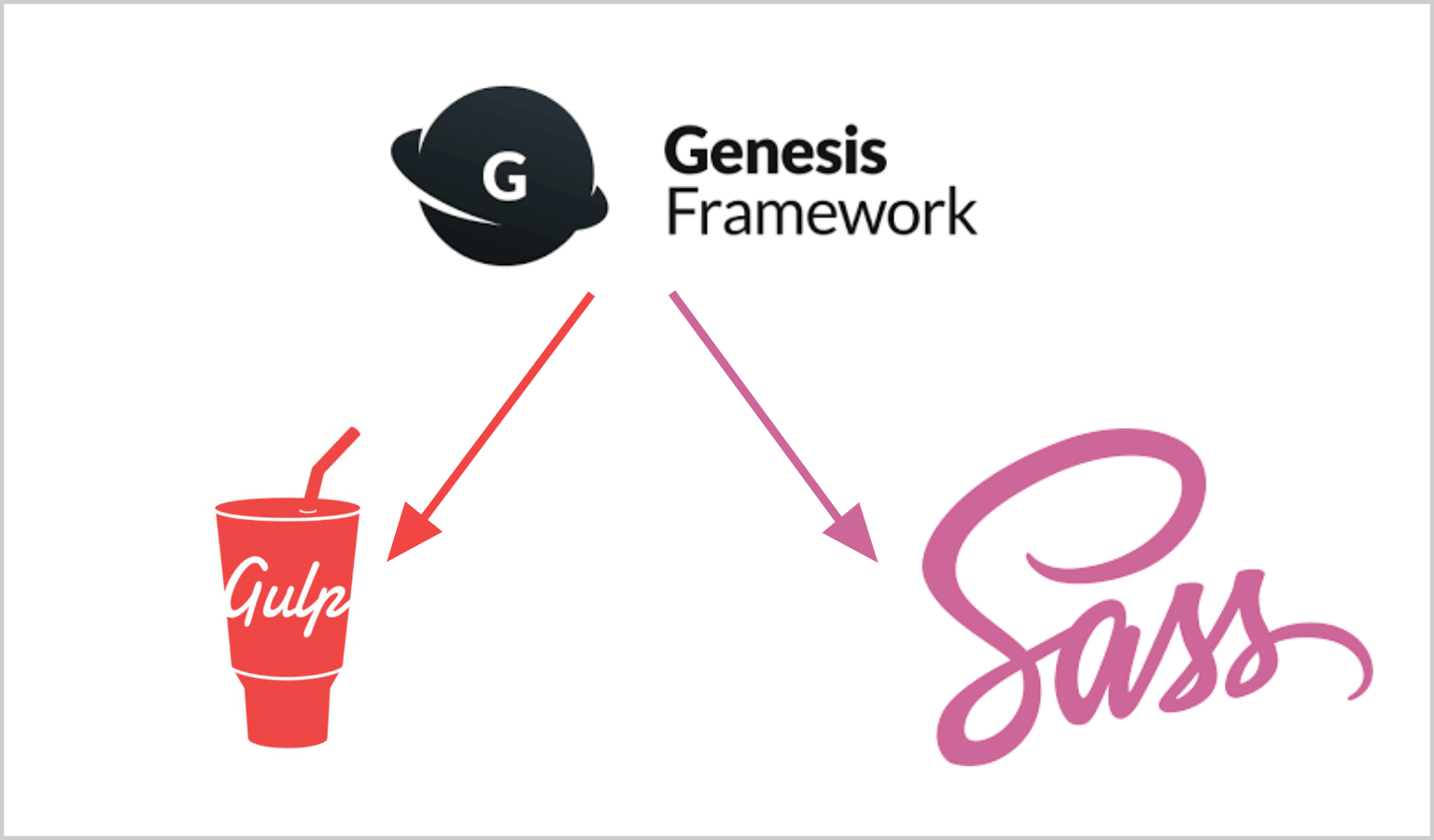Ever made a small change, committed it, then made another tweak, and another—and now your pull request is full of little “fix typo” or “remove extra space” commits?
Squashing lets you combine them into a single, clean commit so your project history is easier to read.

Why Squash?
- Keeps the commit history tidy and logical.
- Makes
git logmore useful for future debugging. - Groups related changes together for easier code review.
Hypothetical Example
Let’s say you’re working on a branch called feature/add-greeting and you made these commits:
- abc123 Add greet() function
- def456 Fix typo in greet() message
- ghi789 Remove extra blank line
Your reviewer says: “Looks good, but please squash these into one commit with a clear message.”
Step 1 — Start an Interactive Rebase
Run this from your feature branch:
git rebase -i HEAD~3We’re rebasing the last 3 commits (adjust the number if you have more or fewer).
Step 2 — Mark Commits to Squash
Git opens an editor showing something like:
pick abc123 Add greet() function
pick def456 Fix typo in greet() message
pick ghi789 Remove extra blank lineChange the second and third lines from pick to squash (or just s):
pick abc123 Add greet() function
squash def456 Fix typo in greet() message
squash ghi789 Remove extra blank lineSave and close.
Step 3 — Write a Clear Commit Message
Git will now combine the commits and open another editor with all the old commit messages.
Replace them with one concise, clear message:
greet: add function to display welcome message
- Added greet() to print "Hello, world!"
- Fixed a typo in the greeting text
- Removed extra blank line for cleaner output
Reason:
Keeps greeting logic simple and output clean.The top line will be the commit title and the rest the commit description.
Save and close.
Step 4 — Handle Any Conflicts
If Git stops and says there’s a conflict:
# Fix the file(s) manually, then:
git add <file>
git rebase --continueStep 5 — Verify Your New Commit
git log --oneline -n 3
git show HEADYou should now see a single commit with your new message and the combined changes.
Step 6 — Push Your Changes
Because you’ve rewritten history, you need to force push:
git push --force-with-lease origin feature/add-greetingThe --force-with-lease option ensures you don’t overwrite someone else’s work on the branch.
Extra tips
Accidentally messed up?
git rebase --abortThis cancels the rebase and puts your branch back to where it started.
Don’t like vi?
What’s wrong with you!
Just kidding.
git config --global core.editor "nano" # or "code --wait"PR Descriptions vs. Commit Messages
The PR description is great during review, but the commit message is what lives on forever in the repo. Don’t skimp on it.
TLDR
git rebase -i HEAD~3 # or whatever total number of commits
# mark 2nd+ commits as squash
# write a clear, why-first commit message
git push --force-with-lease origin <branch>This page may contain affiliate links. Please see my affiliate disclaimer for more info.



